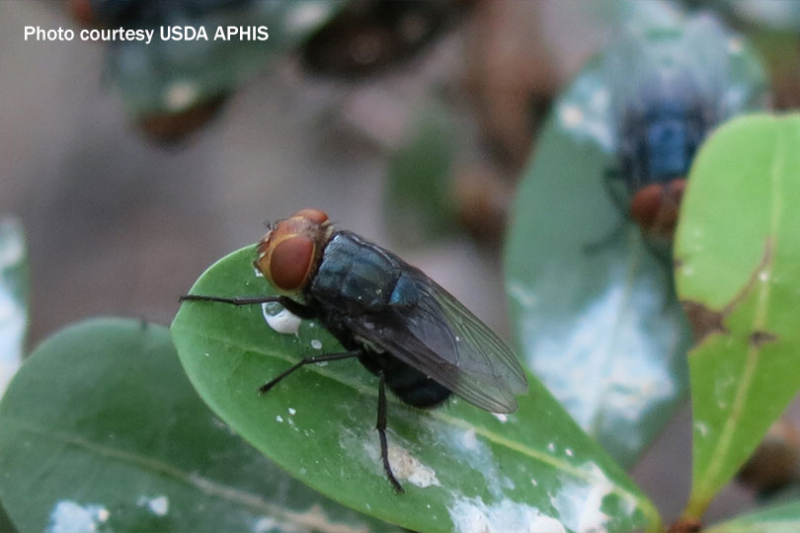By Jessica Domel
Multimedia Reporter
The U.S. Department of Agriculture (USDA) continues to monitor the spread of the New World screwworm in Mexico as southern ports of entry remain closed to live cattle, bison and horses from and transiting through Mexico.
At a recent U.S. House Agriculture Committee hearing, U.S. Rep. Ronny Jackson (R-TX) told U.S. Secretary of Agriculture Brooke Rollins the closure, while important, is impacting Texas feedyards.
“Feeders rely on imports of live cattle from Mexico to supplement their feed yards and remain competitive in what they do,” Jackson said. “I understand that the restriction on live animals was not an easy choice and that the USDA made that to protect America’s herd health, but every day that imports are suspended, my constituents, their businesses are severely impacted.”
USDA suspended live cattle, horse and bison imports through southern ports of entry May 11.
The department assesses every 30 days whether the ports should remain closed or reopen.
Rollins told the congressman she understands the closure is impacting Texas and Mexico, but that it was necessary to protect the United States from the threat of the New World screwworm.
“The 30 days is our benchmark, but we’re assessing every single day. The metric that we’re looking for is to watch the screwworm retreat south,” Rollins said. “It basically moved from about 1,100 miles from the border to 700 miles from the border within just a matter of weeks, which again, we hadn’t seen that kind of movement in decades. I can’t underscore enough what a dire situation this is.”
In addition to closing the southern ports of entry, USDA allocated $21 million to retrofit a fruit fly facility in Chiapas, Mexico, so it can produce sterile flies to further combat the spread of New World screwworm.
“We’ll have a significant announcement in a couple days to continue expanding on that,” Rollins said. “I’m in almost daily touch with Secretary (Julio) Berdegué of Mexico. The challenge is that the sophistication of their data collection is not up to our standards. They have, I will give them credit, more than ever before—at least in our team’s partnership—have been more open and more willing to allow our team on the ground to ourselves assess the situation.”
Rollins said these actions are all being taken not only to protect Texas and the United States, but also in hopes the southern ports may reopen to live livestock imports.
“Please know that every day we are on this, and we understand the consequence of this decision and are working so hard to be able to open those ports back up,” Rollins said.
In the same hearing last week, Rollins said she plans to make a big announcement this week regarding USDA’s efforts to combat New World screwworm.
According to USDA, effective eradication of New World screwworms requires a three-pronged approach: robust active field surveillance with education and outreach to ensure prevention, treatment and early detection; controlled animal movement to limit spread; and sustained sterile insect dispersal.
USDA officials say the suspension of livestock movement through the southern ports is assisting in the effort to limit the northbound transport of the screwworms through livestock commerce.
It allows USDA to reassess whether current mitigation standards remain sufficient.
“The protection of our animals and safety of our nation’s food supply is a national security issue of the utmost importance,” Rollins said. “Once we see increased surveillance and eradication efforts, and the positive results of those actions, we remain committed to opening the border for livestock trade. This is not about politics or punishment of Mexico, rather it is about food and animal safety.”
USDA noted the northward spread of New World screwworm is possible through natural wildlife movements, including wildlife that transit the border region without impediment.
The department is also using tick riders to monitor livestock and wildlife along the border region between the ports of entry for screwworms.


Leave A Comment